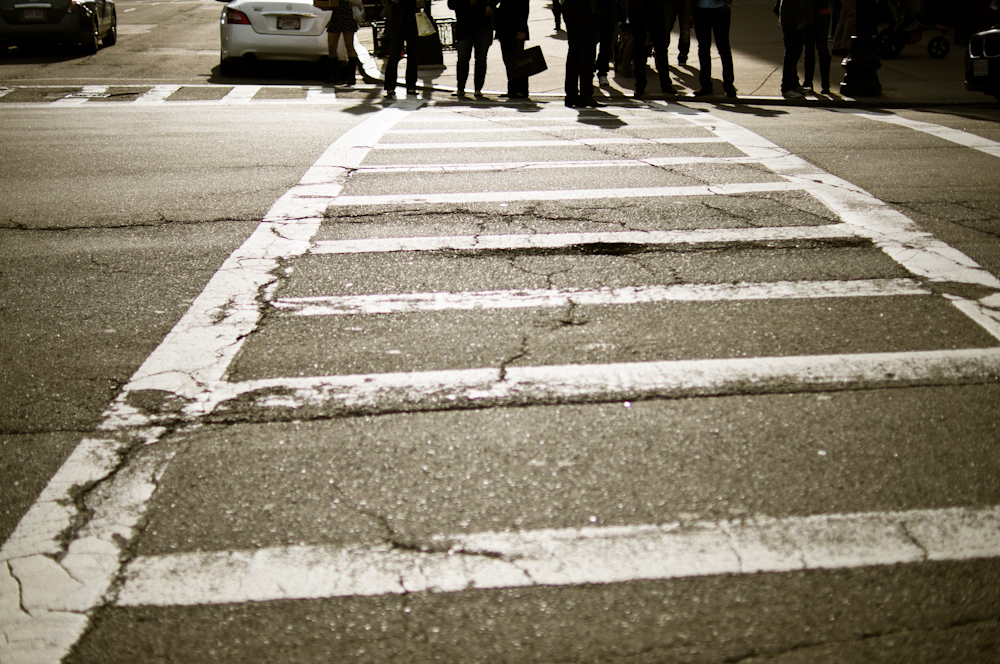
In the previous days’ posts we reviewed the A55‘s special features, handling and photo quality but the A55 doesn’t stop there. Like most recent DSLRs, the A55 shoots video and it does it quite well.
Video
Video Specs
- AVCHD: 1920 x 1080/ 60i (59.94i Interlace recording, 29.97 progressive image sensor output) Approx. 17Mbps (Average bit-rate)
- MP4 HD: 1440 x 1080/ 30p (29.97 Progressive) Approx. 12Mbps (Average bit-rate)
- MP4 VGA: 640 x 480/ 30p (29.97 Progressive) Approx. 3Mbps (Average bit-rate)
I don’t shoot a lot of video but I would imagine that video is an important feature for most people interested in the A55. So with that in mind, I ventured out to test the A55‘s video abilities. Like most things with the A55, shooting video is easy. One of the 10,000 buttons on the A55‘s small body is a dedicated record button. Just push the record button while in any mode and you are shooting video. This isn’t anything unique to the A55 but it is nice that Sony included a dedicated record button. I personally think they should switch the record button with the D-Range button as it’s closer to the shutter button. I kept hitting the wrong button when I wanted to quickly jump into video mode.
Autofocusing
The A55 has what you would expect to see in a consumer level DSLR but one feature that makes it stand out from the crowd is the semi-transparent mirror. I talked about this feature in-depth in the past days’ posts so check those out for more information. If you’ve already read the previous posts, you know that the semi-transparent mirror allows the camera to use phase detection AF when shooting video instead of contrast AF. On paper, this should allow for faster and more accurate focusing during shooting.
So how did this translate to real-world shooting? To be honest, I thought it would be better.
The A55‘s AF locks on to the subject quickly but then it hunts back and forth if you start moving or if your subject moves. Another let down was the noise of the lenses. Both the kit lens and the 35mm F/1.8 are noisy when focusing. I could hear the lens focusing in several videos when I was recoding in quiet areas. This may not matter to some but I think this would get old fast.
Exposure and Other Controls
While in video mode, your options are pretty limited. You can adjust exposure compensation and that’s about it. Aperture and shutter values cannot be adjusted and video effects like tilt shift have surprisingly been left out from the A55‘s feature set. You can however switch to manual focus mode which was actually quite easy to use with the large external screen. The only trouble I had when using manual focus was getting used to the sensitive focus rings of the kit and 35mm lens. Just the slightest turn effects your focus in a major way…not the best for shooting video. I prefer a little more input be required to affect the focus but maybe that’s just me.
One other thing to mention, that shouldn’t come to a surprise to anyone that has experience shooting video with a CMOS sensor, is the rolling shutter issue. You can actually see a hint of this when the rain passes in the clip above. Notice how the train looks to be leaning backwards? That’s a result of rolling shutter. So if you are looking to shoot fast moving subject or if you think you will be panning quickly, you may want to consider another camera or a dedicated video camera.
Besides the relatively small issues I’ve stated above, I thought the A55 did a solid job with video. The video features are obviously geared towards the beginner or casual user, but then again so is the entire camera. People in this segment want something that’s easy to use and takes good quality videos and the A55 more than delivers. With full 1080 HD recording, in body image stabilization, stereo sound and easy controls, the A55 is a good choice for anyone looking for a DSLR with HD video recording capabilities.
The Lenses
So how did these lenses perform in the field? Sadly, I didn’t find any hidden treasures but these lenses are a good start for anyone building a basic DSLR kit.
Sony 18-55mm F/3.5-5.6
What can we say about the 18-55mm kit lens? Well…it’s a kit lens. It’s pretty much what you would expect to get in a consumer level kit lens from any of the other manufactures. Is it amazing? No. Is it terrible? No. It produces decent images and is a great lens to start with. My first DSLR was the Canon Rebel XT with the kit lens. If I compared the kit lens to the glass I have now, it would be a joke. The thing is, I learned a ton and made some of my favorite photographs using the kit lens. If you’re just starting get started in photography, don’t get too hung up on gear…just get out and shoot.
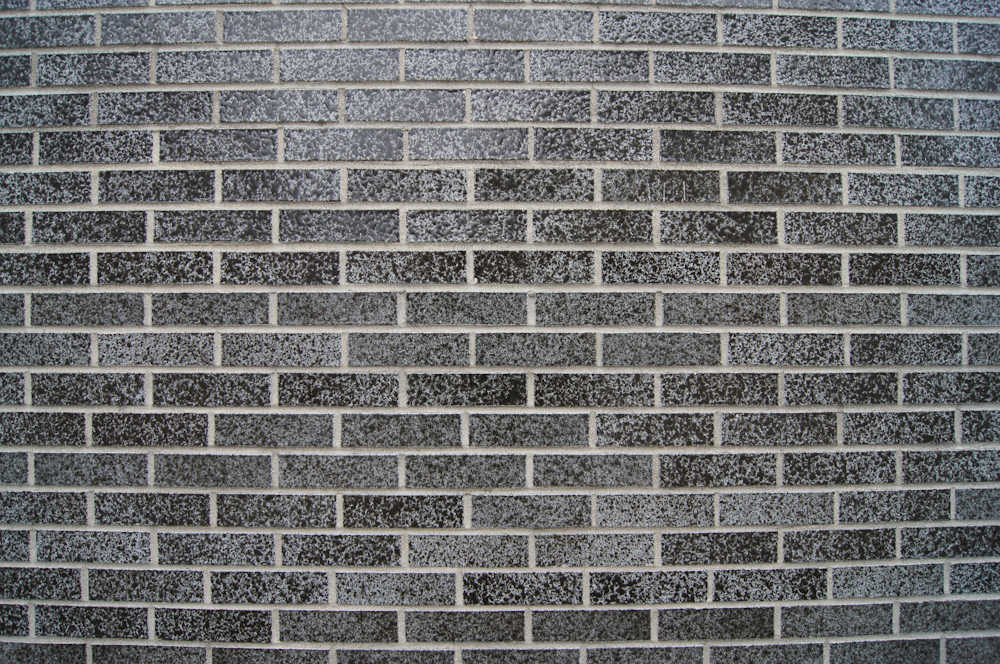
As you can see, there is some pretty noticeable barrel distortion at 18mm. At the other end you may notice a hint of pincushion distortion but things actually look fairly good at 55mm. Chromatic aberration is definitely going to creep into your shots and in some cases it is very noticeable. Center sharpness is good at all aperture settings but the corners are a little soft. Again, this is a kit lens that you are essentially getting for $100 so don’t expect anything amazing. If you don’t already have a bunch of Sony lenses or you don’t plan on buying a bunch of their better lenses, the kit lens is a good deal.
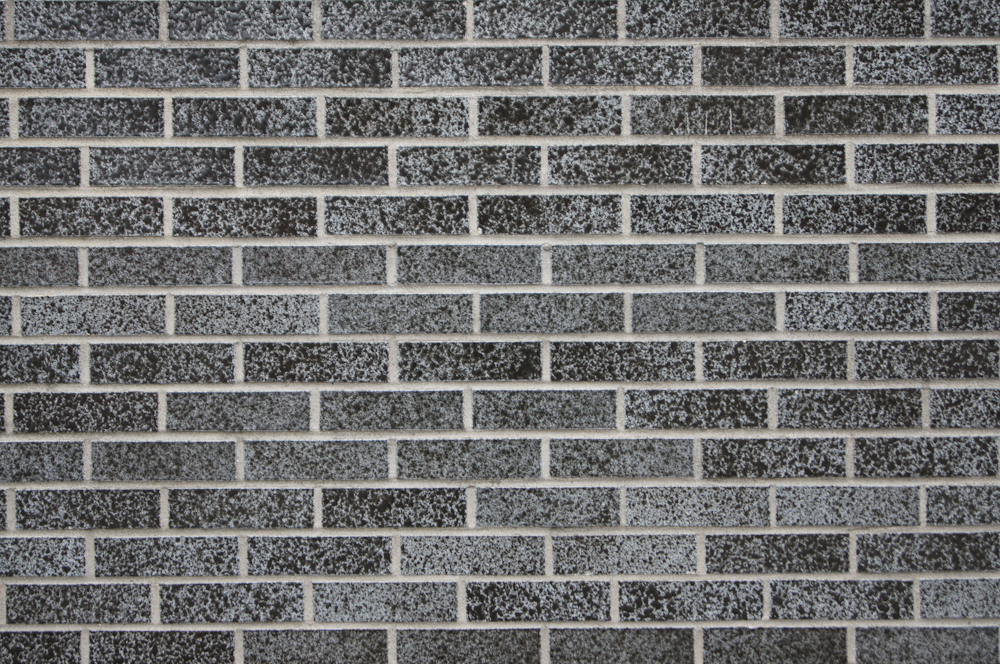
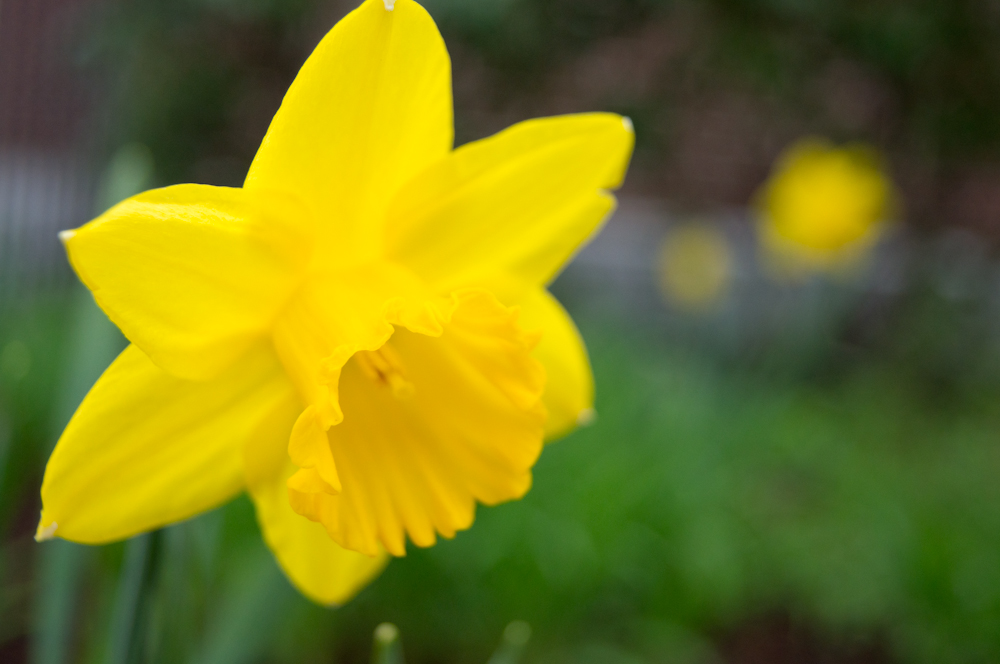

Sony 35mm F/1.8 SAM
During the time I had with the A55, the 35mm F/1.8 spent the most time on the body out of the two lenses. When the 35mm F/1.8 is attached to the A55, it makes for one nice light and compact package. I carried this combo around for hours and had no complaints. The 35mm F/1.8 provides a near 50mm equivalent so this may feel a bit more “normal” for anyone just making the jump from film. I personally think 50mm is a very intuitive focal length to use and this is a great length to start with for anyone looking to make the move to primes.
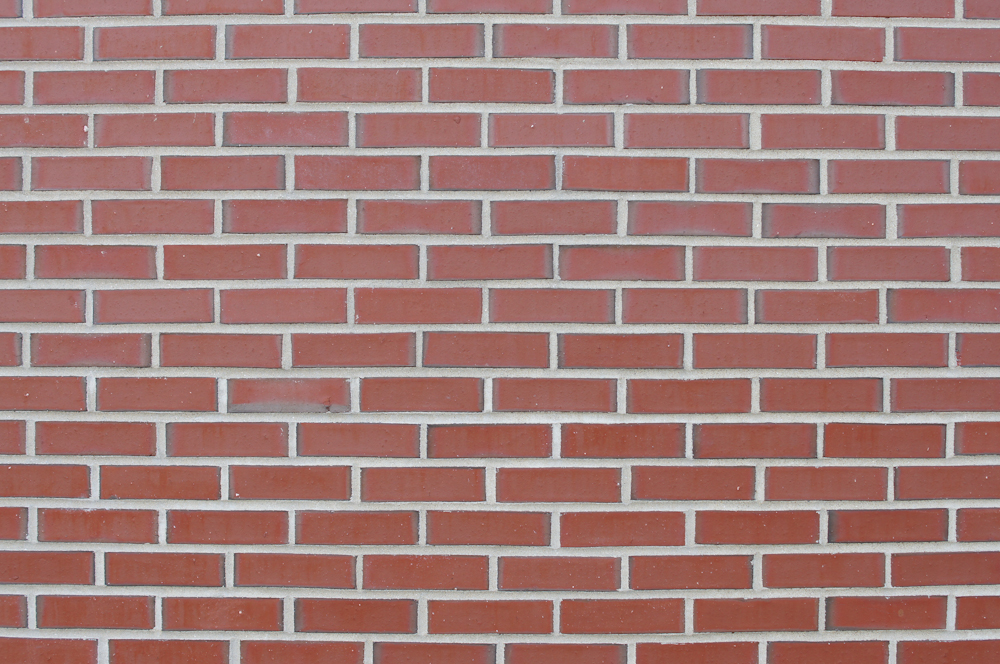
Compared to the kit lens, I would give the 35mm the upper hand. The 35mm F/1.8 is sharper, faster and provides better color and contrast. Also, I started off shooting with the zoom but I noticed that the A55 had a slightly easier time focusing with the 35mm F/1.8. With the A55‘s finicky AF, I was pleased to see some improvement when shooting with the prime. As you can in above image, the 35mm does display a decent amount of barrel distortion but this can be cleaned up easily in post processing. I hardly noticed any distortion in my results except when shooting buildings and anything with long straight lines.
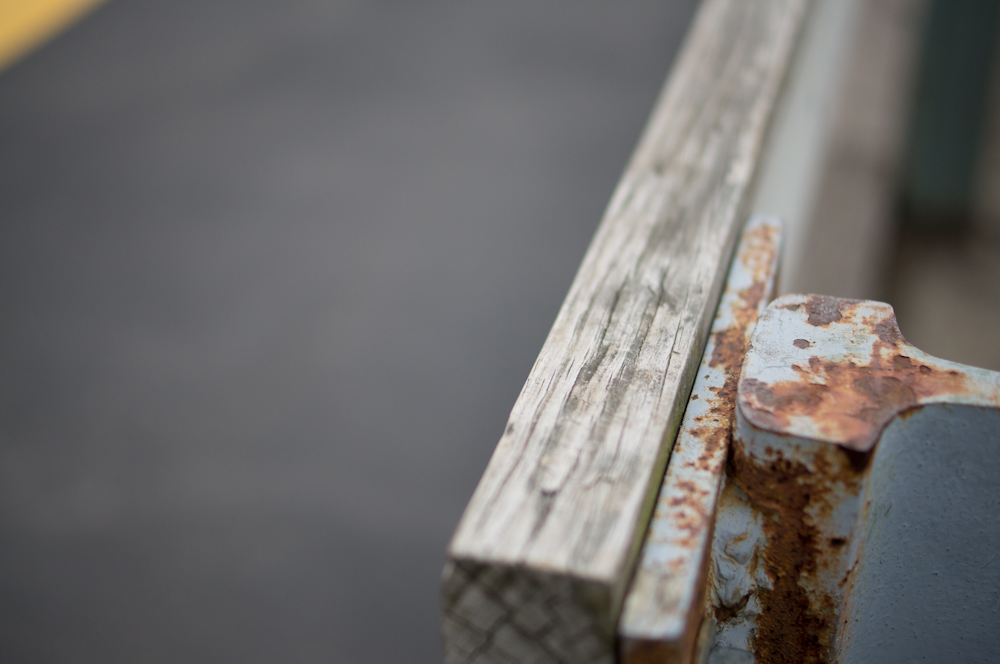

Observations
These lenses are very different and it’s tough to recommend one over the other as they both serve different functions. What I can offer is my general thoughts on these lenses. If you are looking for your first DSLR or if you are buying a DSLR and you think you will only every want or need one lens, then go with the A55 kit which includes the 18-55mm F/3.5-5.6. This lens is nothing special but it covers a good focal range and IQ is decent. If you are a low light shooter or if you already have a Sony zoom and you are looking for a cheap fast prime, I would recommend the 35mm F/1.8 SAM. It performs well in pretty much all conditions and it’s a solid value at under $200.
Please Support The Phoblographer
We love to bring you guys the latest and greatest news and gear related stuff. However, we can’t keep doing that unless we have your continued support. If you would like to purchase any of the items mentioned, please do so by clicking our links first and then purchasing the items as we then get a small portion of the sale to help run the website.


